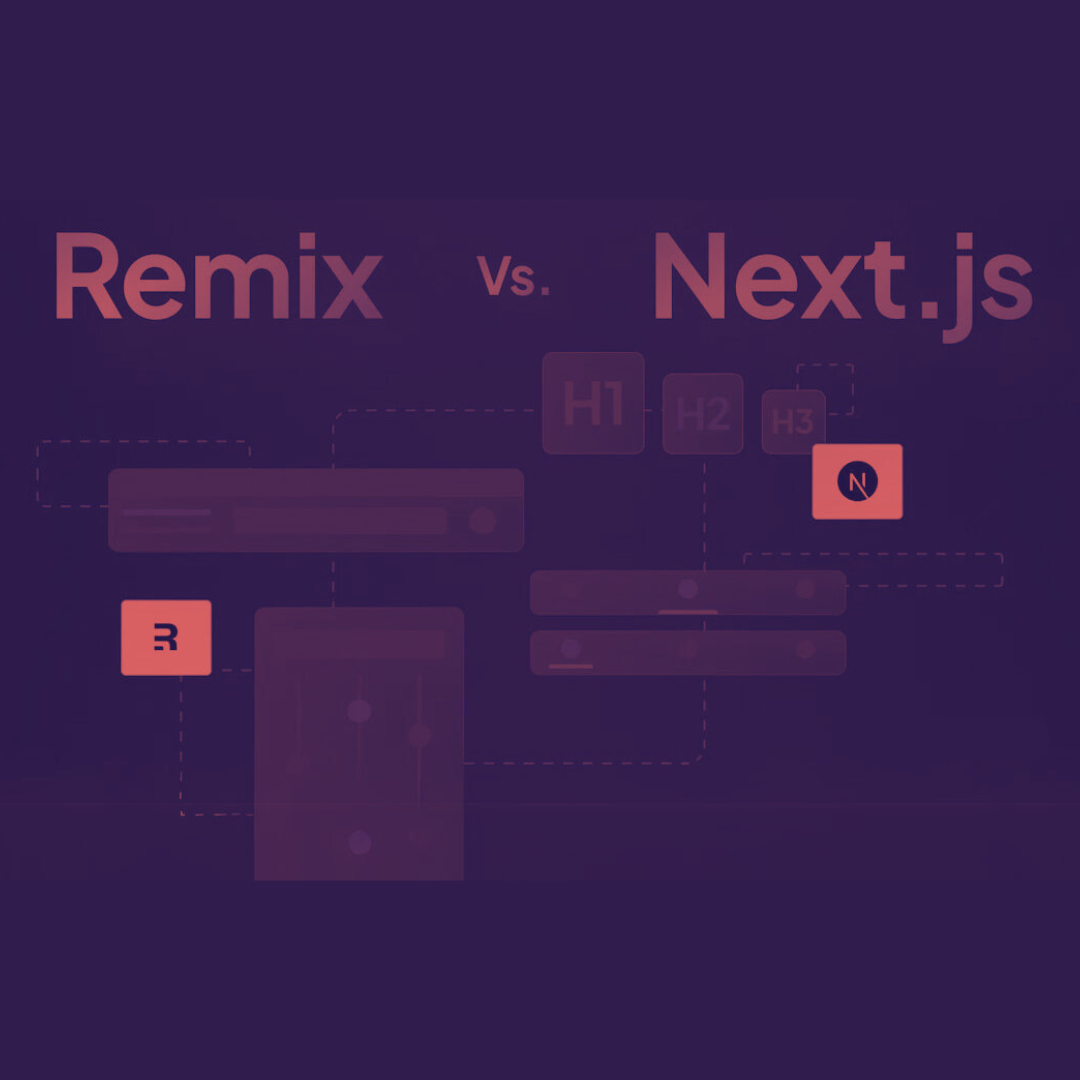OpenAI has recently transitioned its ChatGPT frontend from Next.js to Remix, a move that has piqued the interest of many in the development community. This switch highlights Remix’s advantages, particularly for client-side rendering and Single Page Applications (SPAs). In this blog, we’ll explore the key factors behind this migration and why Remix is a better fit for ChatGPT’s architecture.
A Client-Rendered Focus
One of the main aspects of ChatGPT’s architecture is its predominantly client-rendered setup. This means most interactions and rendering happen on the client side rather than the server. Once the initial HTML and JavaScript are sent to the browser, subsequent interactions and rendering are handled client-side.
While Next.js is known for its powerful server-side rendering (SSR) capabilities, Remix is a better option for client-heavy applications like ChatGPT. Remix excels in managing SPAs and dynamic interactions, aligning perfectly with ChatGPT’s client-side needs.
Efficient Data Handling with Remix Loaders
A standout feature of Remix is its ability to efficiently manage data during the initial render. Remix uses “loaders” to fetch all the necessary data before rendering a route. For ChatGPT, this ensures that all data is provided upfront during the first page load.
This data is bundled into the window.__remixContent variable, allowing for quick client-side hydration. This approach prevents the slow load times often caused by post-load API calls, providing a smoother user experience.
The Power of Remix’s Router
Another key advantage is Remix’s robust routing system, developed by the React Router team. ChatGPT’s application involves managing over 60 routes, each with specific data requirements. Remix’s router streamlines this process, offering faster client-side transitions and more efficient navigation.
While Next.js handles routing effectively, Remix’s router is optimized for SPAs, making it a more natural fit for ChatGPT’s client-heavy architecture. With async data fetching for each route, the user experience is faster and smoother.
Development Efficiency with Vite
A critical reason for OpenAI’s move to Remix is its use of Vite, a lightweight and modern build tool. Vite offers a faster and more efficient development experience compared to the Webpack-based Next.js. This improvement is especially important for large-scale applications like ChatGPT, where development speed and build times are significant factors.
Remix integrates seamlessly into a Vite-powered environment, resulting in faster builds and a smoother workflow, further supporting OpenAI’s transition.
Simplified API Integration
ChatGPT’s backend API, hosted on separate servers, communicates with the Remix application via JSON. Remix focuses on client-side logic, while the backend handles tasks like database queries and authentication. This modular approach allows OpenAI to maintain a scalable backend architecture, which justifies the move from Next.js to Remix.
Why the Migration Makes Sense
In conclusion, the transition to Remix was driven by several factors:
- Faster client-side transitions: Remix’s focus on SPAs ensures quicker, smoother page transitions, all managed client-side.
- Improved initial load times: Remix efficiently handles initial data loading, eliminating the need for API calls after the page loads.
- Simplified development: The Vite-powered environment provides a more streamlined and faster development process.
- Optimized routing and navigation: Remix’s router efficiently handles 60+ routes within ChatGPT’s application, ensuring seamless navigation.
While Next.js remains a strong framework for server-rendered applications, Remix offers OpenAI more flexibility and efficiency for client-rendered interactions. This migration highlights the importance of choosing the right framework for your specific project needs.
Conclusion
The switch from Next.js to Remix reflects OpenAI’s need for a more flexible, client-side-oriented framework. With better routing, data handling, and development performance, Remix has proven to be the ideal solution for ChatGPT’s frontend architecture. As web applications grow more complex, the importance of selecting a framework that aligns with the project’s requirements becomes increasingly crucial.
